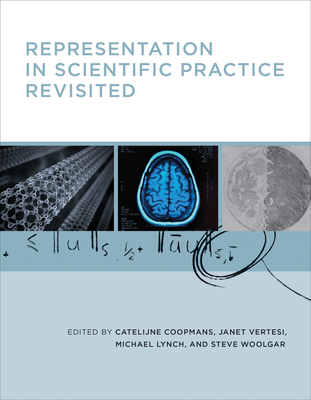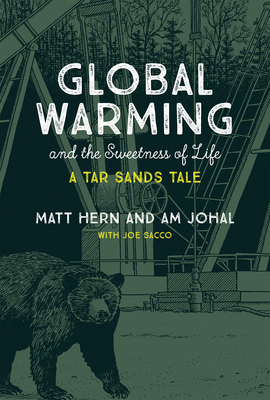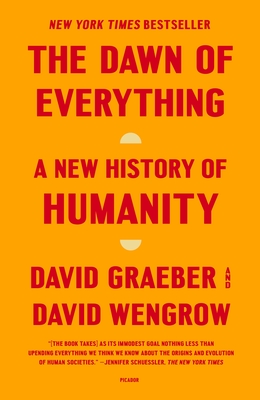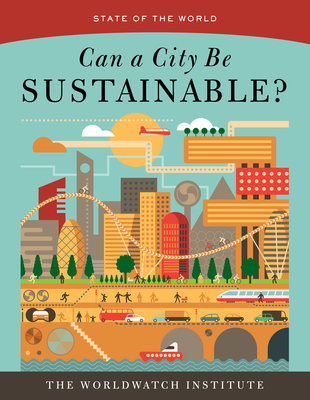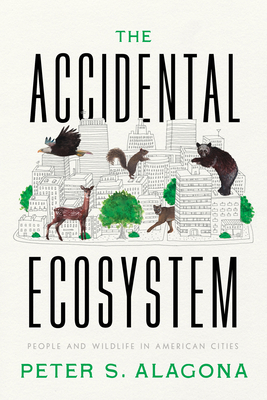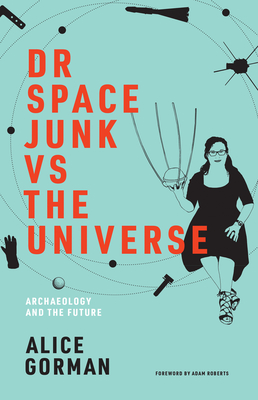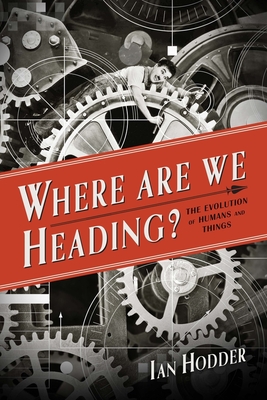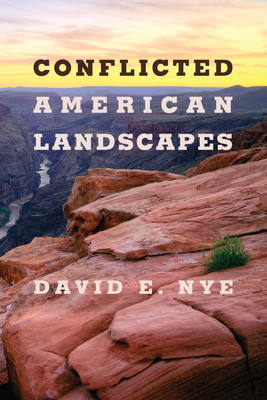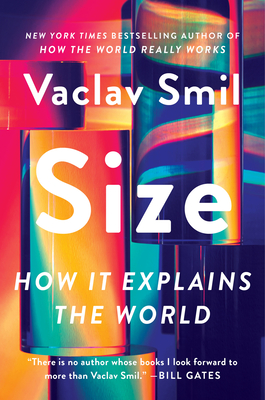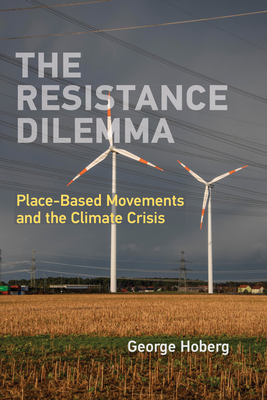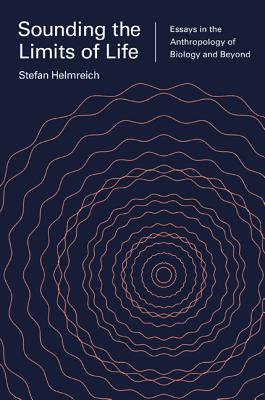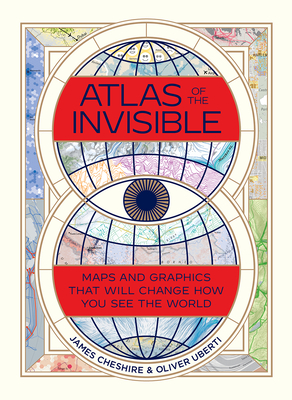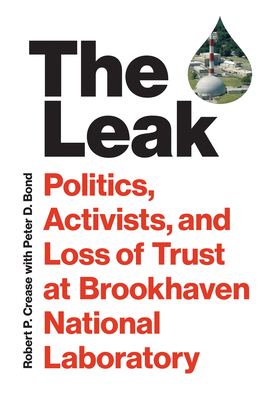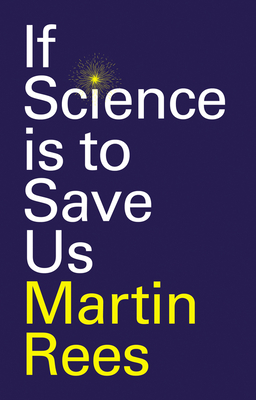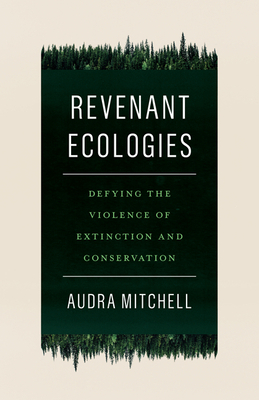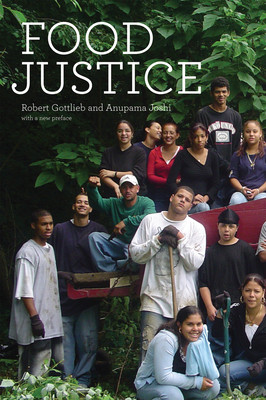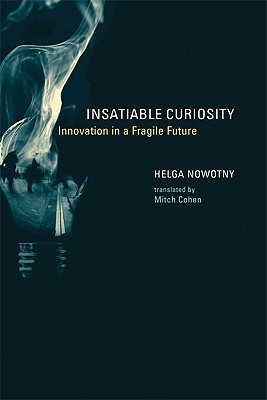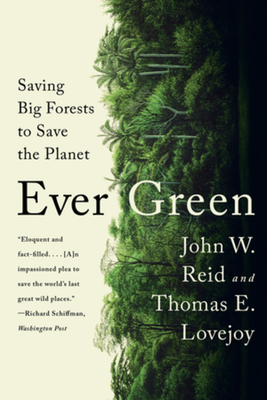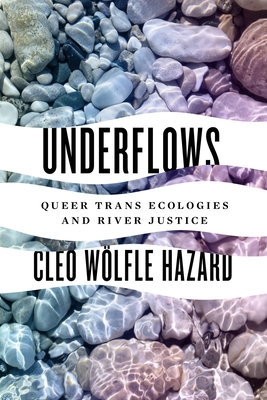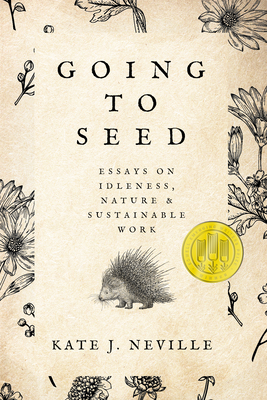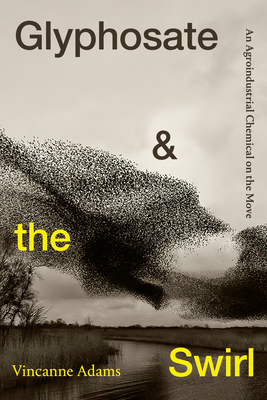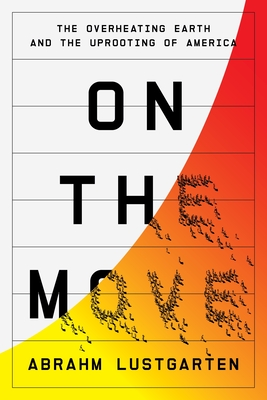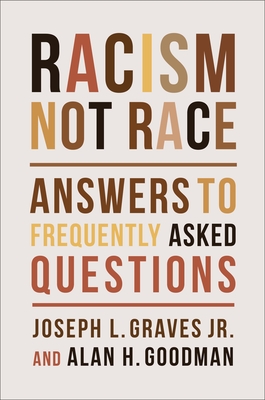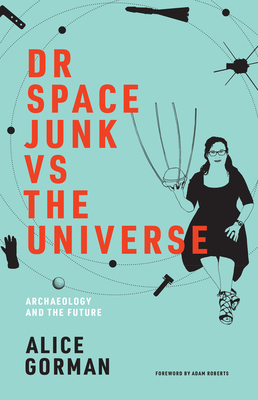
Dr Space Junk vs The Universe: Archaeology and the Future
Description
A pioneering space archaeologist explores artifacts left behind in space and on Earth, from moon dust to Elon Musk's red sports car.
Alice Gorman is a space archaeologist: she examines the artifacts of human encounters with space. These objects, left behind on Earth and in space, can be massive (dead satellites in eternal orbit) or tiny (discarded zip ties around a defunct space antenna). They can be bold (an American flag on the moon) or hopeful (messages from Earth sent into deep space). They raise interesting questions: Why did Elon Musk feel compelled to send a red Tesla into space? What accounts for the multiple rocket-themed playgrounds constructed after the Russians launched Sputnik? Gorman—affectionately known as “Dr Space Junk” —takes readers on a journey through the solar system and beyond, deploying space artifacts, historical explorations, and even the occasional cocktail recipe in search of the ways that we make space meaningful.
Engaging and erudite, Gorman recounts her background as a (nonspace) archaeologist and how she became interested in space artifacts. She shows us her own piece of space junk: a fragment of the fuel tank insulation from Skylab, the NASA spacecraft that crash-landed in Western Australia in 1979. She explains that the conventional view of the space race as “the triumph of the white, male American astronaut” seems inadequate; what really interests her, she says, is how everyday people engage with space. To an archaeologist, objects from the past are significant because they remind us of what we might want to hold on to in the future.
Praise for Dr Space Junk vs The Universe: Archaeology and the Future
Dr Space Junk vs The Universe offers some thought-provoking discussions about what and how to preserve our heritage in space.—The Space Review—
This is a marvelous book that examines humanity's exploration of space in its full cultural context, as recorded in the artifacts left behind both on Earth and elsewhere. Gorman developed as an archaeologist in the Australian outback, where she studied some of the most ancient artifacts of human culture at the same time that she was constantly stumbling across modern trash associated with the Space Age. With a light and conversational voice, she delivers piercing insights into the meaning of our various efforts to leave Earth behind, as well as an entertaining primer on how archaeologists work and what they can teach us. It's a delightful read and a wonderful example of how enriching it can be to cross academic disciplines.
—The Planetary Society—
Terrestrial archaeology from space is not really the same as space archaeology, a new subfield of contemporary archaeology that seeks to understand the history and importance of the space industry since the first Sputnik was launched in 1958. Alice Gorman, a Senior Lecturer at Flinders University in Adelaide, Australia, is a pioneer of this movement and author of the first book on he subject. Eschewing the label of space archaeologist, she's instead taken the moniker Dr. Space Junk for her studies of the various abandoned satellites, space debris, and even human waste floating above our atmosphere. Dr. Space Junk vs the Universe is every bit as quirky and inviting as the title suggests. A series of interlinked essays, it provides the logic, practices, and theory behind the field of space archaeology, with numerous examples of how archaeologists have been able to enhance our knowledge of the history of the space age through their work.
—Journal of Eastern Mediterranean Archaeology and Heritage Studies—
Gorman's book brings to our attention some of Australia's contributions to the space age and to the junk that's orbiting our planet or has been flung off into space.
—TIMES HIGHER EDUCATION—
To read these two books is to marvel at what we have achieved in our nascent efforts to inhabit space, and to recognize that we have barely begun that quest…They invite us to think anew about the legacy and the future of space.
—Nature—
Hers is a cautionary tale to the patriarchy and mansplainers everywhere: You cannot keep a highly intelligent and talented woman from changing the world no matter how hard you try, so stop trying.
—Spectrum Culture—
Writing in a tone that alternates between dry, wry, poetic, and strident, Gorman makes a compelling case for the creation of a cultural heritage management strategy for space junk.
—Bust—


